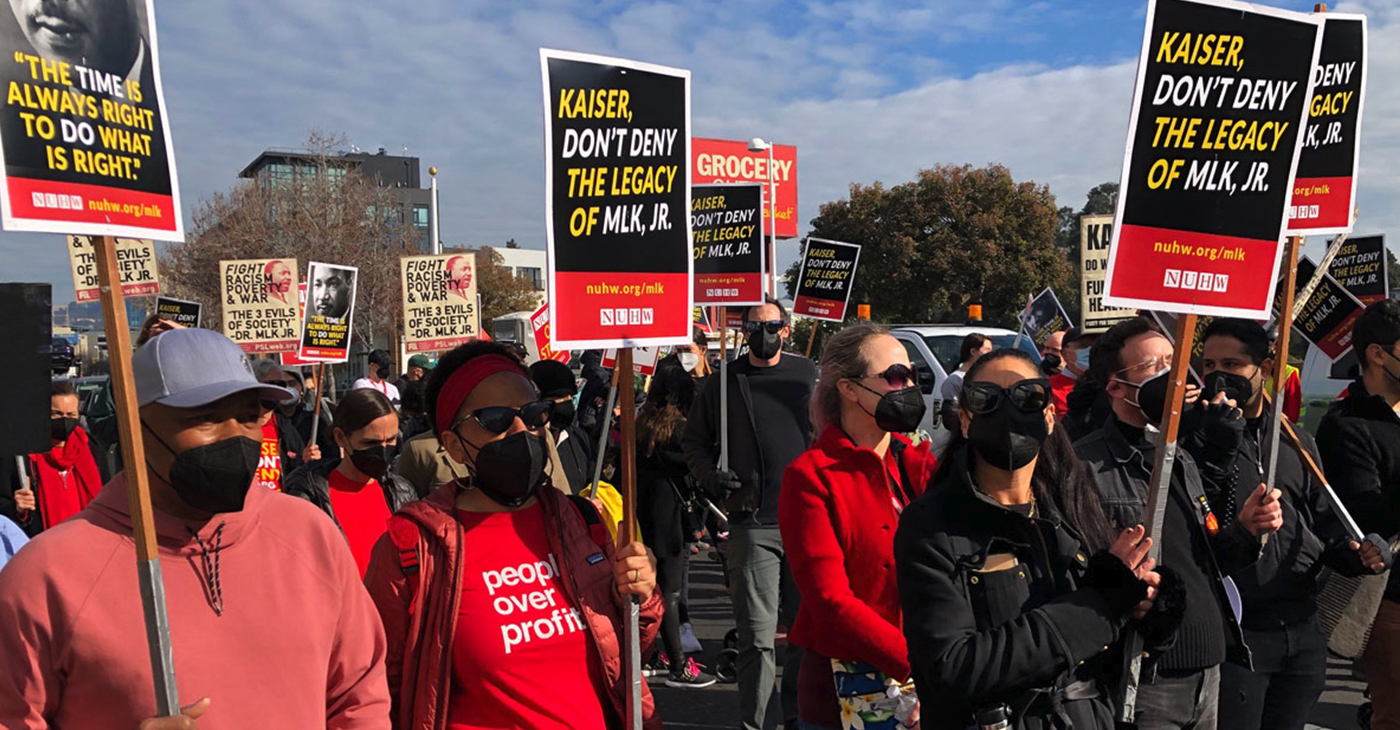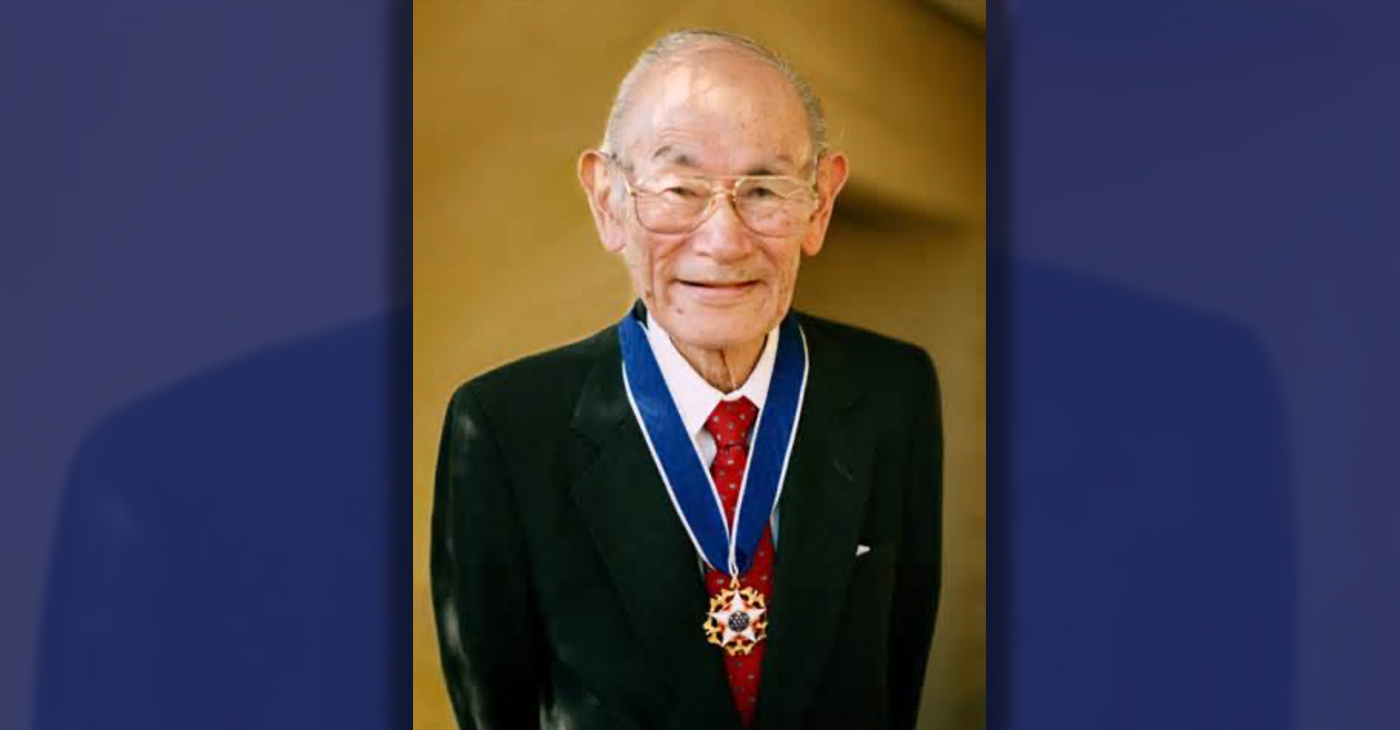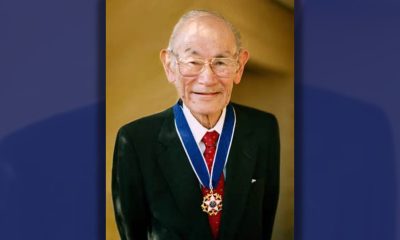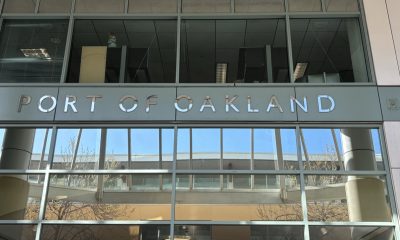Activism
Kaiser Mental Health Therapists Strike for Racial Justice on MLK Day
“People of color don’t stop being people of color when negotiations are done,” said Jessica Dominguez, the founder and lead clinician at Kaiser Permanente’s La Clínica. “Racism within the Kaiser system does not end when we ratify a contract. These issues are deeply embedded in this system and will not simply go away. And it is not enough to denounce racism. We must be anti-racist… We will not give up and we will not give in because mental health is a social justice issue.”

By Matthew Artz
Refusing to let Kaiser pay lip service to racial justice while failing to provide culturally responsive health care for communities of color, mental health clinicians at Kaiser Permanente’s Richmond and Oakland offices held a one-day strike on Martin Luther King Jr. Day.
Nearly 100 psychologists, social workers, addiction counselors and marriage and family therapists picketed outside Kaiser’s Oakland Medical Center at 3600 Broadway and marched through Downtown Oakland, chanting “Therapist! Power!” on their way to a rally outside Kaiser’s corporate headquarters in the Ordway Building at 1 Kaiser Plaza.
“This is my ‘bus boycott.’ This is my ‘sitting at the lunch counter’… This is what MLK would have done,” Sabrina Chaumette, a social worker, who is one of only five Black clinicians on Kaiser’s adult team in Oakland, told colleagues and allies during the rally.
Speaking on the picket line, Assemblymember Mia Bonta, D-Alameda, told the striking clinicians, “When you have people and workers here who want the dignity of celebrating the most sacred and important day in our country… I say, ‘be anti-racist, Kaiser.’”
Clinicians in Oakland and Richmond voted nearly unanimously to strike after Kaiser executives broke their promise to make Martin Luther King Jr. Day a paid holiday in 2022.
In response, Kaiser CEO Greg Adams announced that Kaiser will treat the King holiday as a paid holiday for all Kaiser employees in 2023, but Kaiser executives have still refused to work with clinicians to address structural racism within the HMO, which has resulted in the departure of clinicians of color, further depriving patients of culturally competent care.
Kaiser has rejected proposals aimed at improving recruitment of therapists of color and bilingual therapists, as well as addressing structural racism within the organization.
“Kaiser pays a lot of lip service to racial justice, but when it comes to taking action, it’s always ‘wait till next year,’” said Chaumette, whose schedule is so overbooked that new patients must wait four months for an appointment. “If Kaiser can’t even keep its promise about honoring Martin Luther King Jr. Day this year, how can we trust that it will ever take action to address structural racism in its ranks?”
Besides Bonta, participating elected officials included Alameda County Supervisor Nate Miley and Oakland City Council members Sheng Thao, Nikki Fortunato-Bas and Dan Kalb.
According to a 2019 report from the Substance Abuse and Mental Health Services Administration, Black adults in the U.S are significantly more likely than their white counterparts to report persistent symptoms of emotional distress, such as sadness, hopelessness and feeling like everything is an effort. Despite the need for mental health care, the same report found only one in three Black adults receives it.
At Kaiser, a recent survey of more than 1,500 Kaiser employees represented by the National Union of Healthcare Workers found that 62% of non-white workers reported experiencing racism on the job and 37% of all workers surveyed reported witnessing racism toward their patients.
Additionally, 41% of all respondents reported having patients who struggled to access or maintain treatment because they could not be seen by a culturally competent provider.
“We are living in a time of reckoning, a time when people of color are no longer content with the status quo,” said Jessica Dominguez, the founder and lead clinician at Kaiser Permanente’s La Clínica. “Because (the) status quo has never included people of color. Status quo is white supremacy.”
In response to claims from Kaiser that the clinicians were “weaponizing” the King holiday because they’re bargaining for a new contract, Dominguez said that “structural racism is baked into the Kaiser system.
“People of color don’t stop being people of color when negotiations are done,” Dominguez said. “Racism within the Kaiser system does not end when we ratify a contract. These issues are deeply embedded in this system and will not simply go away. And it is not enough to denounce racism. We must be anti-racist… We will not give up and we will not give in because mental health is a social justice issue.”
Matthew Artz works for the National Union of Healthcare Workers, a member-led movement representing 15,000 healthcare workers, including more than 4,000 Kaiser mental health clinicians in California and Hawaii.
Activism
Oakland Post: Week of April 17 – 23, 2024
The printed Weekly Edition of the Oakland Post: Week of April 17 – 23, 2024

To enlarge your view of this issue, use the slider, magnifying glass icon or full page icon in the lower right corner of the browser window. ![]()
Activism
Oakland Schools Honor Fred Korematsu Day of Civil Liberties
Every Jan. 30, OUSD commemorates the legacy of Fred Korematsu, an Oakland native, a Castlemont High School graduate, and a national symbol of resistance, resilience, and justice. His defiant stand against racial injustice and his unwavering commitment to civil rights continue to inspire the local community and the nation. Tuesday was “Fred Korematsu Day of Civil Liberties and the Constitution” in the state of California and a growing number of states across the country.

By Post Staff
Every Jan. 30, OUSD commemorates the legacy of Fred Korematsu, an Oakland native, a Castlemont High School graduate, and a national symbol of resistance, resilience, and justice.
His defiant stand against racial injustice and his unwavering commitment to civil rights continue to inspire the local community and the nation. Tuesday was “Fred Korematsu Day of Civil Liberties and the Constitution” in the state of California and a growing number of states across the country.
One OUSD school is named in his honor: Fred T. Korematsu Discovery Academy (KDA) elementary in East Oakland.
Several years ago, founding KDA Principal Charles Wilson, in a video interview with anti-hate organization “Not In Our Town,” said, “We chose the name Fred Korematsu because we really felt like the attributes that he showed in his work are things that the children need to learn … that common people can stand up and make differences in a large number of people’s lives.”
Fred Korematsu was born in Oakland on Jan. 30, 1919. His parents ran a floral nursery business, and his upbringing in Oakland shaped his worldview. His belief in the importance of standing up for your rights and the rights of others, regardless of race or background, was the foundation for his activism against racial prejudice and for the rights of Japanese Americans during World War II.
At the start of the war, Korematsu was turned away from enlisting in the National Guard and the Coast Guard because of his race. He trained as a welder, working at the docks in Oakland, but was fired after the bombing of Pearl Harbor in 1941. Fear and prejudice led to federal Executive Order 9066, which forced more than 120,000 Japanese Americans out of their homes and neighborhoods and into remote internment camps.
The 23-year-old Korematsu resisted the order. He underwent cosmetic surgery and assumed a false identity, choosing freedom over unjust imprisonment. His later arrest and conviction sparked a legal battle that would challenge the foundation of civil liberties in America.
Korematsu’s fight culminated in the Supreme Court’s initial ruling against him in 1944. He spent years in a Utah internment camp with his family, followed by time living in Salt Lake City where he was dogged by racism.
In 1976, President Gerald Ford overturned Executive Order 9066. Seven years later, the 9th Circuit Court of Appeals in San Francisco vacated Korematsu’s conviction. He said in court, “I would like to see the government admit that they were wrong and do something about it so this will never happen again to any American citizen of any race, creed, or color.”
Korematsu’s dedication and determination established him as a national icon of civil rights and social justice. He advocated for justice with Rosa Parks. In 1998, President Bill Clinton gave him the Presidential Medal of Freedom saying, “In the long history of our country’s constant search for justice, some names of ordinary citizens stand for millions of souls … To that distinguished list, today we add the name of Fred Korematsu.”
After Sept. 11, 2001, Korematsu spoke out against hatred and discrimination, saying what happened to Japanese Americans should not happen to people of Middle Eastern descent.
Korematsu’s roots in Oakland and his education in OUSD are a source of great pride for the city, according to the school district. His most famous quote, which is on the Korematsu elementary school mural, is as relevant now as ever, “If you have the feeling that something is wrong, don’t be afraid to speak up.”
Activism
WOMEN IMPACTING THE CHURCH AND COMMUNITY
Juanita Matthews, better known as “Sister Teacher,” is a walking Bible scholar. She moved to California from the great state of Arkansas in 1971. Sister Teacher has a passion for teaching. She has been a member of Bible Fellowship Missionary Baptist Church since 1971.

Sister Juanita Matthews
55 Years with Oakland Public School District
The Teacher, Mother, Community Outreach Champion, And Child of God
Juanita Matthews, better known as “Sister Teacher,” is a walking Bible scholar. She moved to California from the great state of Arkansas in 1971. Sister Teacher has a passion for teaching. She has been a member of Bible Fellowship Missionary Baptist Church since 1971. She followed her passion for teaching, and in 1977 became the lead teacher for Adult Class #6. Her motto still today is “Once My Student, Always My Student”.
Beyond her remarkable love for the Lord, Sister Teacher has showcased her love for teaching by working for the Oakland Unified School District for 55 years, all but four of those years spent at Emerson Elementary and Child Development School. She truly cares about her students, making sure they have the tools/supplies needed to learn either at OUSD or Bible Fellowship Missionary Baptist Church.
She’s also had a “Clothes Closet Ministry” for 51 years, making sure her students have sufficient clothing for school. The Clothes Closet Ministry extends past her students, she has been clothing the community for over 50 years as well. She loves the Lord and is a servant on a mission. She is a loving mother to two beautiful children, Sandra and Andre. This is the impact this woman of God has on her church and the community.
-

 Activism4 weeks ago
Activism4 weeks agoOakland Post: Week of March 20 – 26, 2024
-

 #NNPA BlackPress3 weeks ago
#NNPA BlackPress3 weeks agoCOMMENTARY: D.C. Crime Bill Fails to Address Root Causes of Violence and Incarceration
-

 #NNPA BlackPress3 weeks ago
#NNPA BlackPress3 weeks agoMayor, City Council President React to May 31 Closing of Birmingham-Southern College
-

 #NNPA BlackPress3 weeks ago
#NNPA BlackPress3 weeks agoCOMMENTARY: Lady Day and The Lights!
-

 #NNPA BlackPress3 weeks ago
#NNPA BlackPress3 weeks agoFrom Raids to Revelations: The Dark Turn in Sean ‘Diddy’ Combs’ Saga
-

 #NNPA BlackPress3 weeks ago
#NNPA BlackPress3 weeks agoBaltimore Key Bridge Catastrophe: A City’s Heartbreak and a Nation’s Alarm
-

 #NNPA BlackPress3 weeks ago
#NNPA BlackPress3 weeks agoBaltimore’s Key Bridge Struck by Ship, Collapses into Water
-

 Activism3 weeks ago
Activism3 weeks agoOakland Post: Week of March 27 – April 2, 2024
















































